Intro and Units
About physics
It may seem like physics is here to make your lives harder. However, one of our prime motivations in this class will be to see how physics actually makes things easier.
You'll hear a lot of different answers to the question: what is physics? You can decide for yourselves as we go through this course.
Why Physics?
The goals of physics
- Predict everything (i.e. the future of the universe)
- If you can't, then isolate parts of the system until you can
The divisions of Physics ca. 2020
| Classical | Modern |
|---|---|
| Mechanics | Quantum Physics |
| Electricity | Cosmology |
| Magnetism | Nuclear |
| Thermodynamics | |
| Fluids | Condensed Matter |
| Waves | Bio-Physics |
| Optics |
How do we do this?
The Scientific Method:
Question → hypothesis → testing → analysis
Physics: Division of Labor
Some physicists work on theory. Others do experiments. While they have different approaches to things, they basically agree on a few major points.
- Theories must be verifiable by experiment
- Phenomena can be described mathematically
- Experiments must involve measurements
Measurement: Units
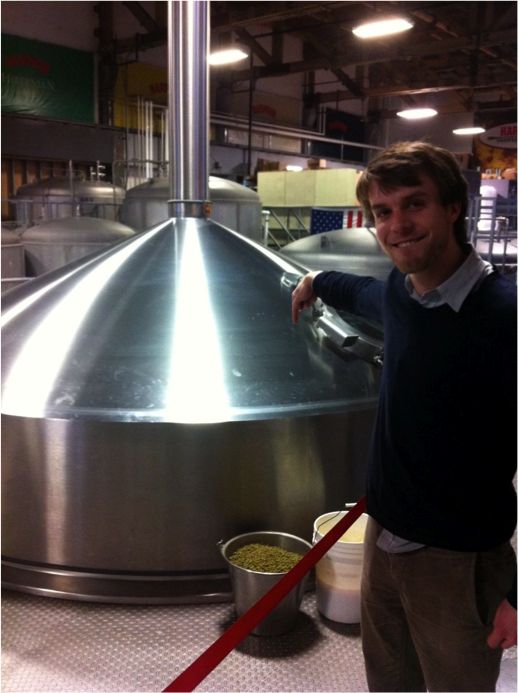
Rob
Here's Rob. He makes beer. These are some of the common (and uncommon) units used to describe volume. Every time you drink one his beers, you hope that he got his units correct!
| liter | hectoliter | drop | cup | pint |
| barrel | gallon | quart | fluid ounce | tablespoon |
| teaspoon | cubic inch | acre-foot | stere | cord |
| tun | hogshead | gill | dram | cc |
| peck | hobbit | stack | omer | wey |
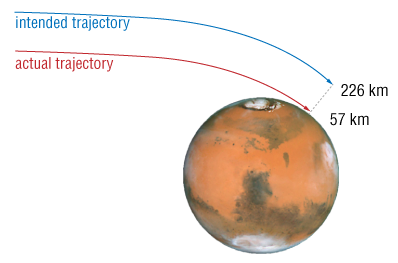
The most famous error involving units was the crash of a satellite intended for studying the climate on Mars. Standard and metric units got mixed up and hundreds of millions of dollars worth of scientific tools were burned up in the atmosphere.
Fundamental Units

The Kilogram prototype
- Length Unit: meter, m, the distance traveled by light in a vacuum during a set time
- Mass Unit: the kilogram,
kg,
based on a specific Pt-Ir cylinder kept at the International Bureau of StandardsUpdated in 2019! - Time Unit: seconds, s, based on the frequency of radiation from a cesium atom
Length Scales
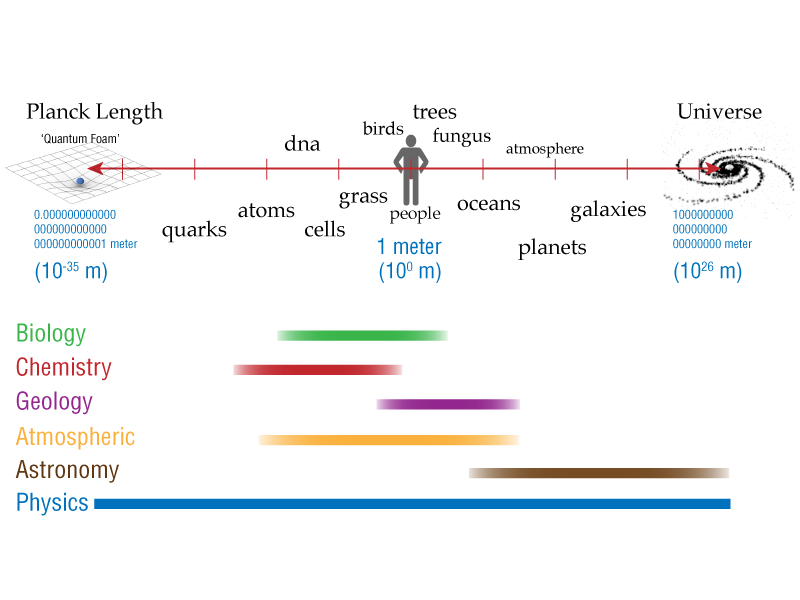
Length Scales of Science
Derived Units
Often, we'll combine 2 or more of the fundamental, or base, units to create a derived unit. This might be something like miles per hour, or PSI (pounds per square inch), or density: $$\rho = \frac{kg}{m^3} = \frac{m}{V}$$
Dimensions
Dimension has a specific meaning – it denotes the physical nature of a quantity. Some quantity is either a length, or a time, or a mass, or some combination of these.
Dimensions are denoted with square brackets, for example:
- Length [L]
- Mass [M]
- Time [T]
Dimensional Analysis
Take our familiar velocity: say miles per hour.
$$\textrm{distance} = \textrm{velocity} \times \textrm{time}$$To analyze the dimensions of this, we would write:
$$[L] = \left[\frac{L}{T}\right] \times [T]$$Notice how the dimensions of both sides match. [L]
Unit Conversion
We have to be able to convert between different units. For example, as you drive from the US in to Canada, the speed limit signs change from miles per hour (mph) into kilometers per hour (kph). In many of our physics problems, we'll use meters per second.
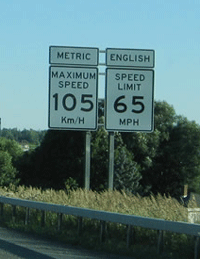
Example:
Convert 55 miles per hour into meters per second.
Example:
Convert 20 square meters into square feet
Example:
Convert 500 pounds per cubic yard into SI units
How do you know which units to use?
Use the context of the situation to guide you.
Also: who's your audience?
Notations
- Some quantities have one symbol used consistently
- e.g. for time, t is used
- Some quantities have many symbols used:
- e.g. lengths may be x, y, z, r, d, h, etc.
Scientific Notation and the metric prefixes
| Metric prefixes in everyday use | ||
|---|---|---|
| Text | Symbol | Factor |
| tera | T | 1000000000000 |
| giga | G | 1000000000 |
| mega | M | 1000000 |
| kilo | k | 1000 |
| hecto | h | 100 |
| (none) | (none) | 1 |
| deci | d | 0.1 |
| centi | c | 0.01 |
| milli | m | 0.001 |
| micro | μ | 0.000001 |
| nano | n | 0.000000001 |
| pico | p | 0.000000000001 |
Significant Figures/Uncertainty/Measurements
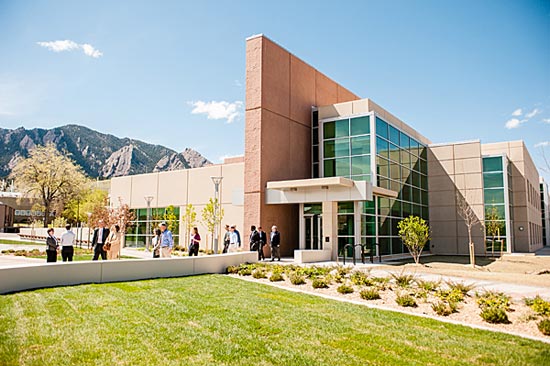
This is NIST: Precision Measurements Lab.
Let them handle 10 decimal places.
Orders of Magnitude
Physicists love doing this: estimate to within 1 power of ten of some quantity from the world. For example:
- Distance to the Sun: $10^{11}$ m
- Length of a fly: $10^{-3}$m
- Mass of a page from the textbook: $10^{-2}$ kg
Estimate the circumference of the earth if it's 4000 km between NY and LA
Other things to know:
- Greek Alphabet
- Algebra
- Trigonometry
-
Calculus(slopes) - Calculus
- Function Plotting